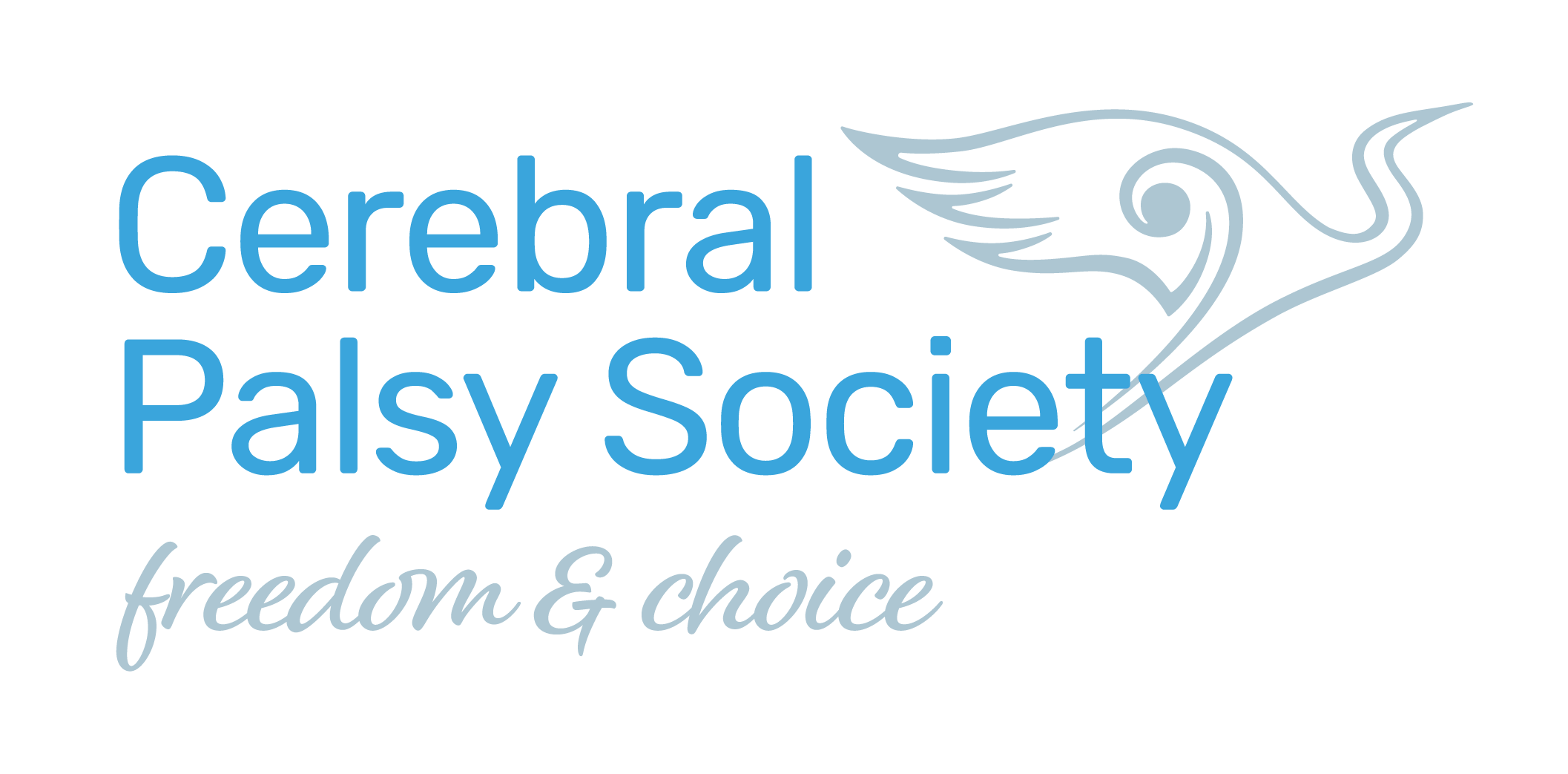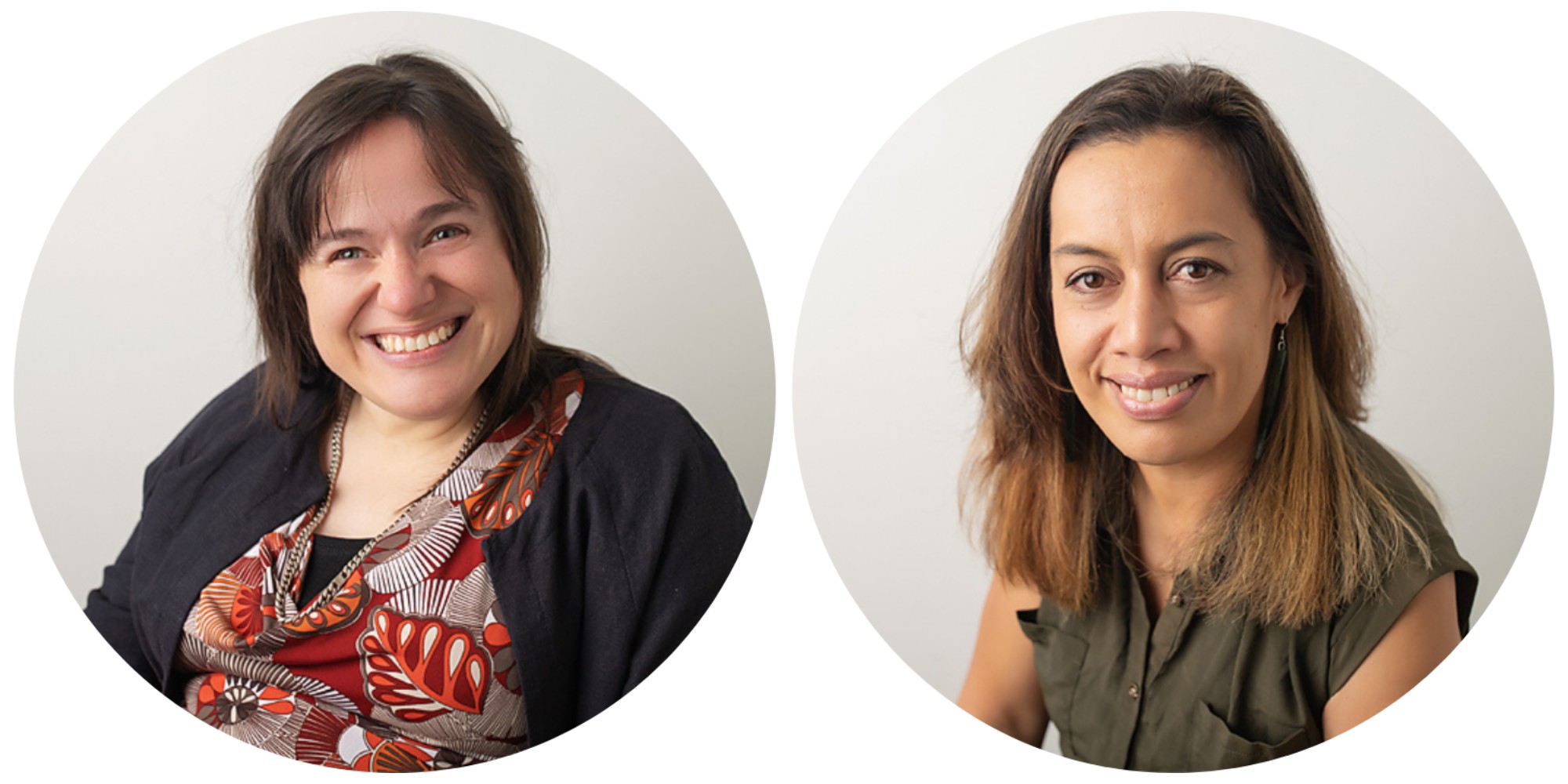Research
Demystifying Adulthood – Part 1
24 Jan 2024
Navigating life with a disability as an adult is a topic that we get asked about regularly. This is an overview of many useful elements, drawing on the perspectives of adults in our community.
By Amy Hogan and Renata Kotua
The process of navigating adulthood with a disability is a multifaceted one, impacting not only the individuals with the condition but also their families and healthcare professionals.
This complexity holds true for Cerebral Palsy, where common questions revolve around what happens as children grow into adults, and how to access information about essential aspects of adult life such as employment and suitable living arrangements.
Thankfully, there’s a growing recognition of the importance of a lifespan approach.
Research in the lifespan of disability is expanding both in general understandings of health, and specific aspects such as psychological wellbeing and coping strategies.
Sometimes it feels like being an adult with a disability is all negative. Maybe what you hear from the doctor or experience in your own life reinforces the differences and struggles.
 Cerebral Palsy Society’s Researcher and Member Support Advisor Amy Hogan says living with a disability involves navigating between wanting to do everything that your peers are doing and understanding when a condition like Cerebral Palsy requires adaptation.
Cerebral Palsy Society’s Researcher and Member Support Advisor Amy Hogan says living with a disability involves navigating between wanting to do everything that your peers are doing and understanding when a condition like Cerebral Palsy requires adaptation.
However, adults also develop self-confidence and self-efficacy from constantly having to strategise.
Physically the adult body can be calmer than in childhood due to growth and hormonal changes having run their course. Two things can be true at once, your disability can change and with that comes a new set of challenges e.g. mobility needs increasing.
The coping strategies and resilience you bring to daily life can make things easier.
Elements of Adulthood
In the New Zealand context, the way to navigate the health system depends on a GP referral to other services.
It is important to find a doctor that works for you. A fundamental element of living with a disability is navigating between wanting to do everything that your peers are doing and understanding when a condition like Cerebral Palsy requires adaptation.
Putting resources in place to support your disability can make achieving other elements in your life less exhausting.
Four elements come into play: the physical, psychological, practical, and physiological considerations.
Living with a disability as an adult means that these aspects can have a profound influence individually or may feed off each other.
Physical: As an adult, you often ask your body to do things differently or to meet new physical challenges.
For example, hitting a growth spurt and moving differently. Your limbs may need to take additional weight, adjust to a new set of equipment or you may need to look after your dominant side/limb/hand because wear and tear on it can develop later.
 Cerebral Palsy Society member, and staff member, Renata Kotua navigates adulthood and parenthood, while living with Cerebral Palsy.
Cerebral Palsy Society member, and staff member, Renata Kotua navigates adulthood and parenthood, while living with Cerebral Palsy.
Physiological: Many of the physical elements of Cerebral Palsy have a more hidden component in physiology – the internal systems of the body work together such as changes in metabolism, digestion and reduced or altered sensation. It can be a good idea to keep track of these rhythms and changes. It is worthwhile knowing your baseline and what keeps you comfortable.
Psychological: Being different from your peers can be profound. Adulthood has a set of expected milestones. There is no right or wrong way to be an adult, and grieving is common when you see a different life from the one you are navigating. These emotions should not be ignored just because you are “used to having a disability”. Internalised ableism can creep up and blindside you at any time which impacts your sense of self and willingness to engage in the world. It’s important not to dismiss recurring negative thoughts around disability.
Practical: Whatever the caregiving structures within the family, no arrangement can stay entirely the same. Parents get older, caregiving needs and the wants of individuals change. Consider the practical elements in advance. For example, what are the transport options and who can hold medical information in unexpected circumstances? It’s helpful to model the change in circumstance while primary caregivers are well and able, so that people become familiar with what will happen before they are in the thick of the loss of structure, routine and grief. One of the greatest acts of love is setting up your family member to navigate the world when you’re no longer in it.
If you would like copies of the research cited in this article or you would like more general information, feel free to contact me at amy@cpsociety.org.nz
* This article is adapted from a presentation given as part of International Day of Persons with Disabilities.
Amy Hogan is the Cerebral Palsy Society’s Researcher and Member Support Advisor.
Renata Kotua is a Member Support and Programmes Coordinator at the Cerebral Palsy Society.
RECENT POSTS
- Navigating change in the health and disability landscape
- Update: Respiratory and oral health in children and young adults with CP in Aotearoa New Zealand
- Understanding fatigue in disability: Insights and strategies
- The practicalities of disability and sleep
- Understanding latest advancements: hype, hope, and practicalities


